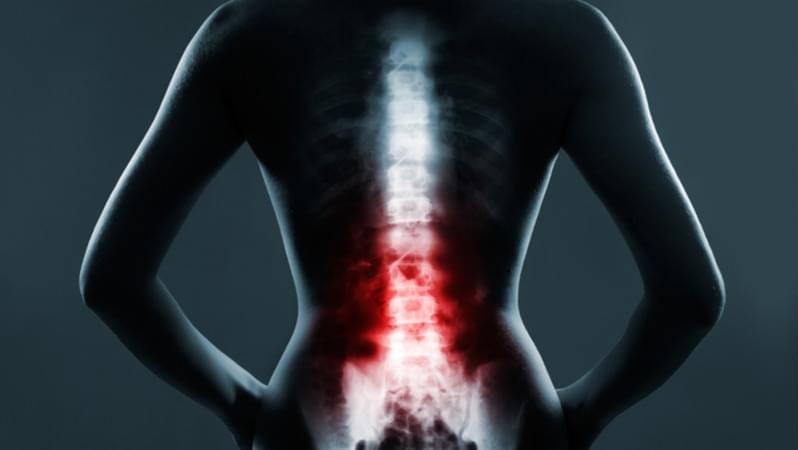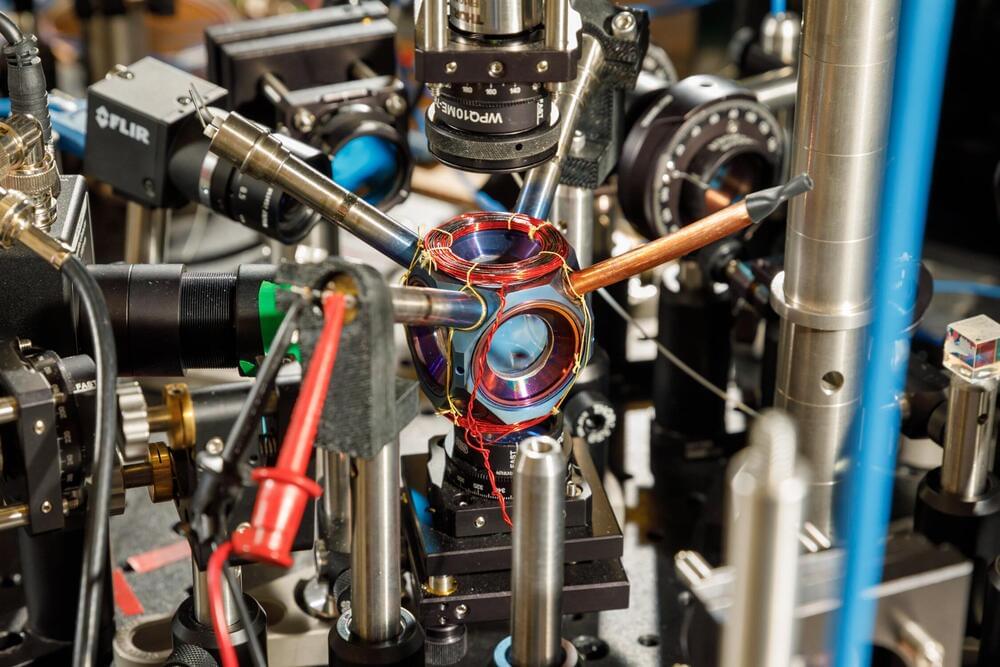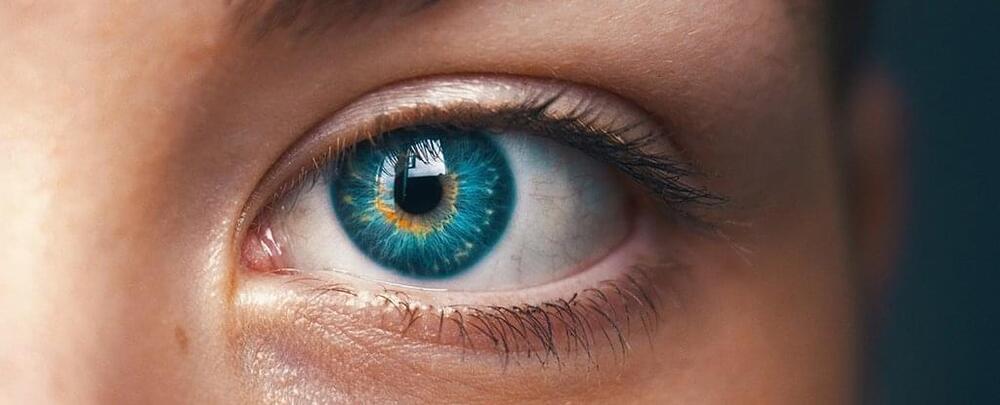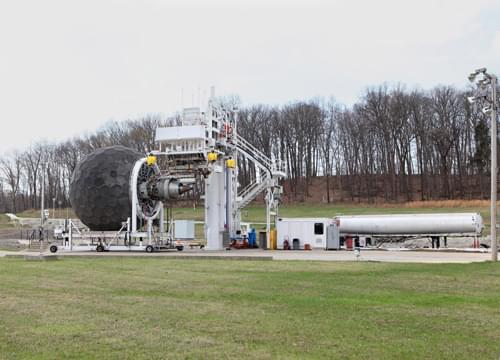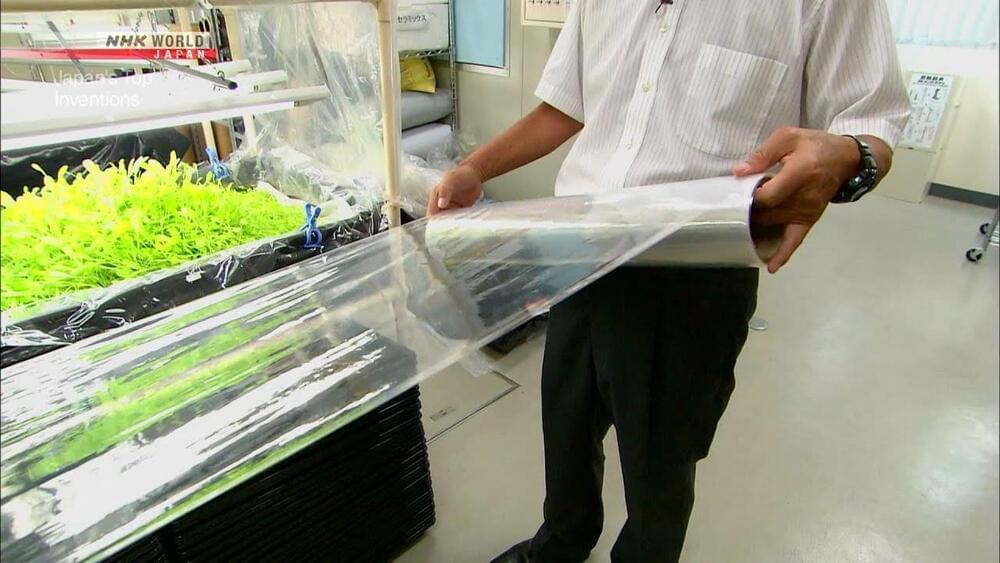For us at the OEC promoting STEM Education and Artificial Intelligence as well as preparing students with future job skills has been our focus for the past 5 years. We would not relent as we know that the robots are not just coming to take over our jobs but they are coming to be our Bosses and many in Africa are not aware of this hence OEC is poised to change the narrative by engaging in Talk shows, workshops, boot camps, seminars, etc. The job is huge but we say thank you to our wonderful partners that have also been there for us each time we call for support. These awards are clarion calls to do more and we would continue to push to see that my dear continent does not lose out in the fourth industrial revolution powered by intelligent machines.
Anders Sandberg, University of Oxford.
One of the deepest realizations of the scientific understanding of the world that emerged in the 18th and 19th century is that the world is changing, that it has been radically different in the past, that it can be radically different in the future, and that such changes could spell the end of humanity as we know it. An added twist arrived in the 20th century: we could ourselves be the cause of our demise. In the late 20th century an interdisciplinary field studying global catastrophic and existential risks emerged, driven by philosophical concern about the moral weight of such risks and the realization that many such risks show important commonalities that may allow us as a species to mitigate them. For example, much of the total harm from nuclear wars, supervolcanic eruptions, meteor impacts and some biological risks comes from global agricultural collapse. This talk is going to be an overview of the world of low-probability, high-impact risks and their overlap with questions of complexity in the systems generating or responding to them. Understanding their complex dynamics may be a way of mitigating them and ensuring a happier future.
Follow us on social media:
https://twitter.com/sfiscience.
https://instagram.com/sfiscience.
https://facebook.com/santafeinstitute.
https://facebook.com/groups/santafeinstitute.
https://linkedin.com/company/santafeinstitute.
A team of researchers publishing in Aging have shown that resveratrol reduces inflammation and partially restores function in a rat model of spinal injury.
In line with previous research
This is far from the first study that aimed to use approaches associated with aging research in order to spur regeneration. For example, we have previously reported that removing senescent cells aids in spinal cord regeneration in a rodent model, at least partially because of the associated reduction in inflammation.
Trees make everything better. Even EV batteries.
Trees provide the air we breathe, and now, in an interesting turn of events, they might also help to power our electronics. A team of researchers from Brown University and the University of Maryland developed a new material that can be used in solid-state batteries to improve the safety and power of traditional batteries by replacing the liquids typically used in lithium-ion cells, a press statement reveals.
The material in question is a kind of cellulose nanofibril, which takes the form of polymer nanotubes derived from wood. The researchers found that it could be combined with copper to produce a paper-thin material that has an ion conductivity between 10 and 100 times better than other polymer ion conductors.
Over the past few years, the business world has increasingly turned towards intelligent solutions to help cope with the changing digital landscape. Artificial intelligence (AI) enables devices and things to perceive, reason and act intuitively—mimicking the human brain, without being hindered by human subjectivity, ego and routine interruptions. The technology has the potential to greatly expand our capabilities, bringing added speed, efficiency and precision for tasks both complex and mundane.
To get a picture of the momentum behind AI, the global artificial intelligence market was valued at $62.35 billion in 2020 and is expected to expand at a compound annual growth rate (CAGR) of 40.2% from 2021 to 2028. Given this projection, it’s not surprising that tech giants such as AWS, IBM, Google and Qualcomm have all made significant investments into AI research, development, disparate impact testing and auditing.
My coverage area of expertise, fintech (financial technology), is no exception to this trend. The AI market for fintech alone is valued at an estimated $8 Billion and is projected to reach upwards of $27 Billion in the next five years. AI and machine learning (ML) have penetrated almost every facet of the space, from customer-facing functions to back-end processes. Let’s take a closer look at these changing dynamics.
The COVID-19 crisis led to fundamental changes in how we conduct business. The big question today is whether these innovations will be sustained and built upon after the crisis.
Don’t let the titanium metal walls or the sapphire windows fool you. It’s what’s on the inside of this small, curious device that could someday kick off a new era of navigation.
For over a year, the avocado-sized vacuum chamber has contained a cloud of atoms at the right conditions for precise navigational measurements. It is the first device that is small, energy-efficient and reliable enough to potentially move quantum sensors—sensors that use quantum mechanics to outperform conventional technologies—from the lab into commercial use, said Sandia National Laboratories scientist Peter Schwindt.
Sandia developed the chamber as a core technology for future navigation systems that don’t rely on GPS satellites, he said. It was described earlier this year in the journal AVS Quantum Science.
You might know that the size of the pupils in our eyes changes depending on how well lit our environment is, but there’s more to the story: Scientists have now discovered that the pupil also shifts in size depending on how many objects we’re observing.
The more objects in a scene, the bigger the pupil grows, as if to better accommodate everything that it has to look at. This “perceived numerosity” is a simple and automatic reflex, the new research shows.
In a new study, researchers observed the pupil sizes of 16 participants while they looked at pictures of dots. In some of the pictures, the dots were linked together in dumbbell shapes – creating the illusion that there were fewer objects – and pupil size then shrank.
Growing veggies on a thin film that allows nutrients and water to pass through while blocking viruses and bacteria.
[Skip Intro] 0:46
Watch more full episodes of Japan’s Top Inventions on NHK WORLD-JAPAN!
https://www3.nhk.or.jp/nhkworld/en/ondemand/program/video/to…-jti034-hp.
More quality content available on NHK WORLD-JAPAN!
https://www3.nhk.or.jp/nhkworld/en/ondemand/video/?cid=wohk-yt-2108-jti034-hp.
A Japanese farming technique using film shows potential for crop cultivation in arid regions and areas affected by soil degradation.


